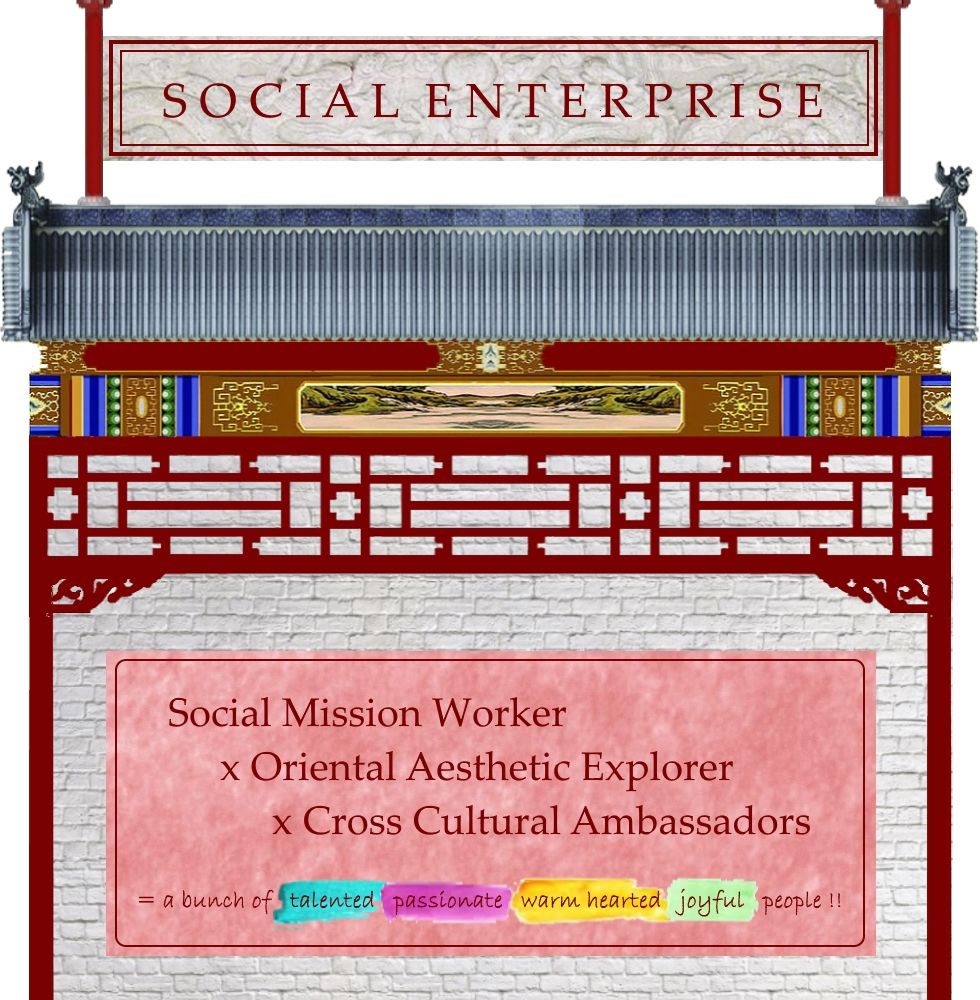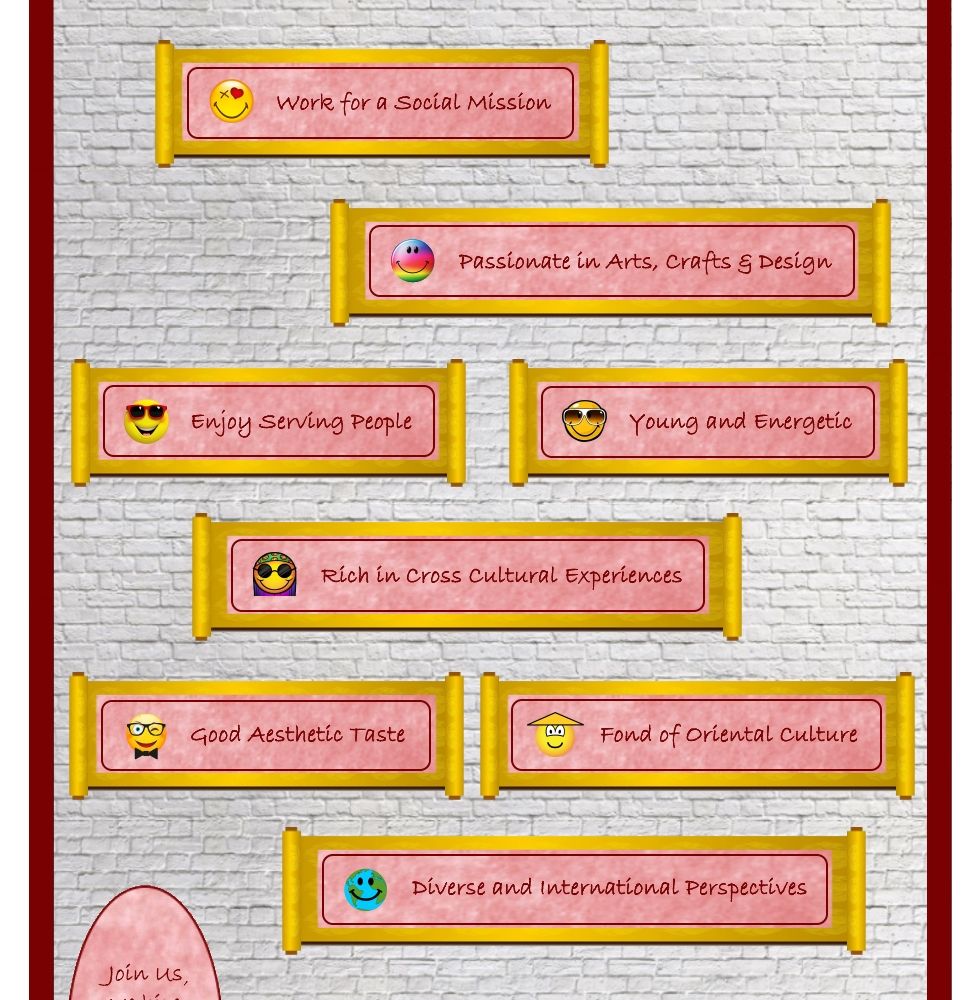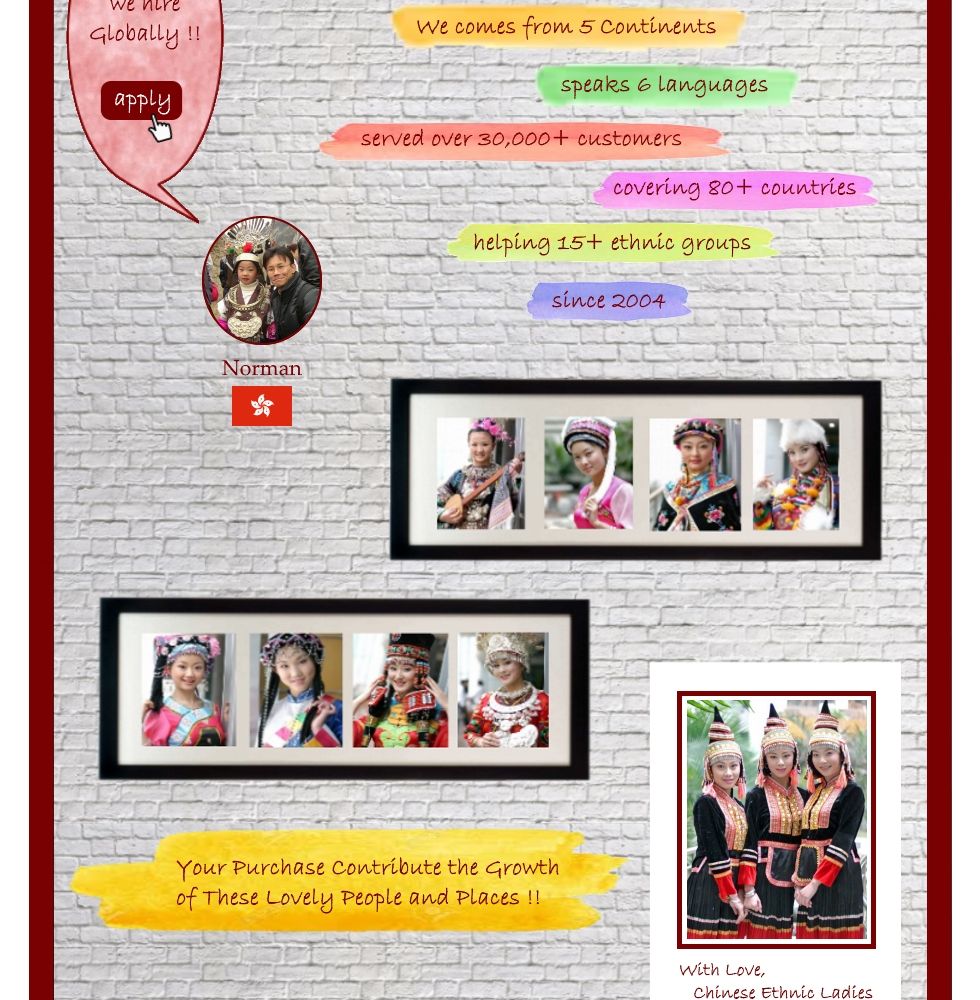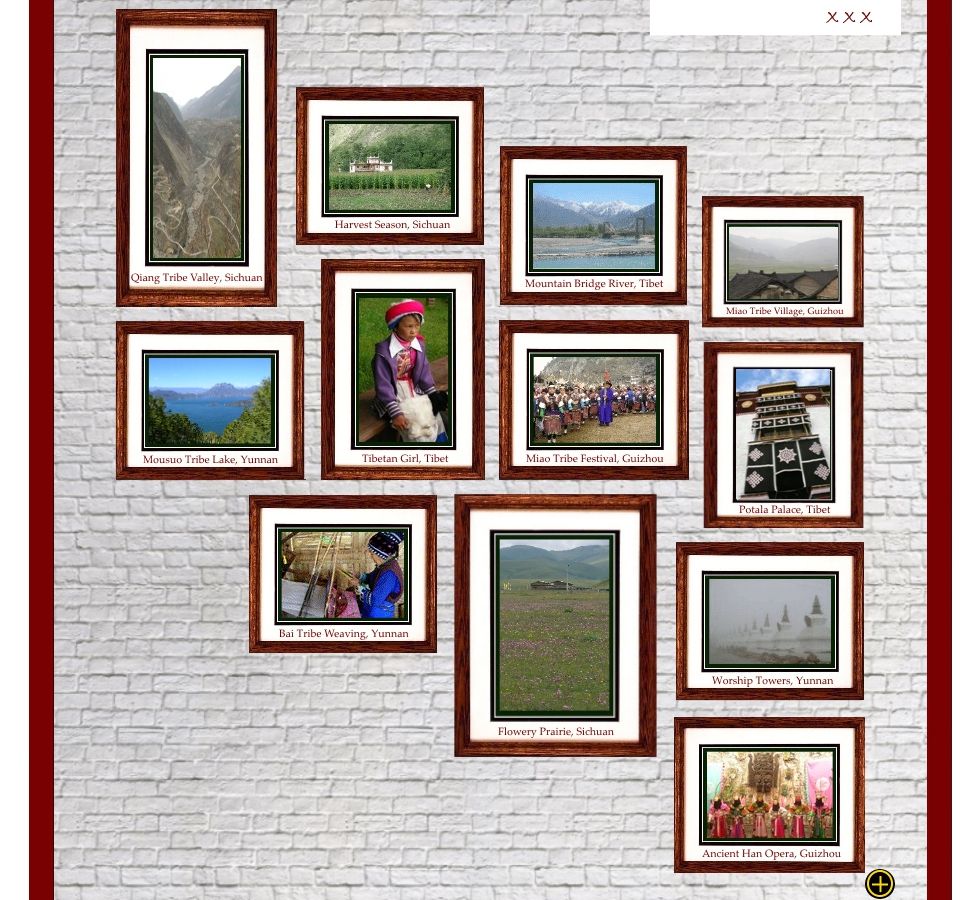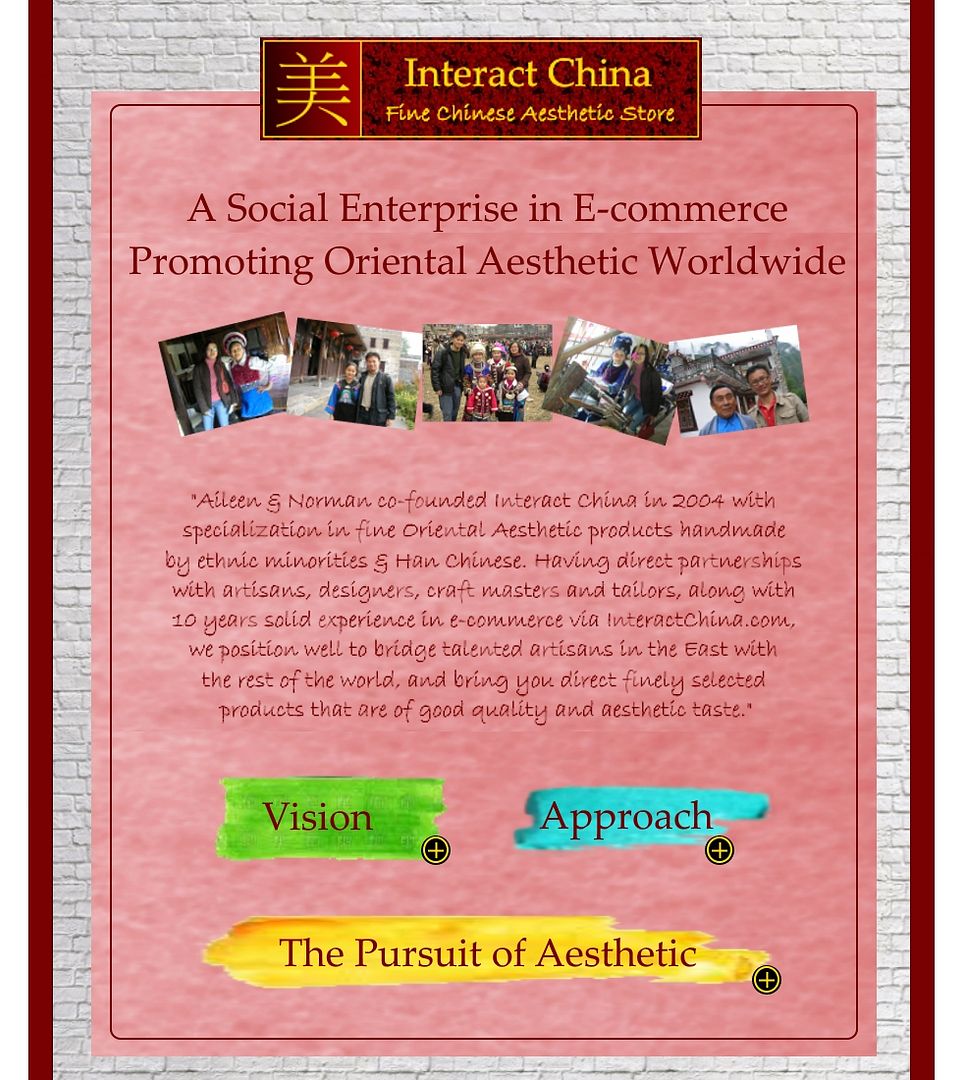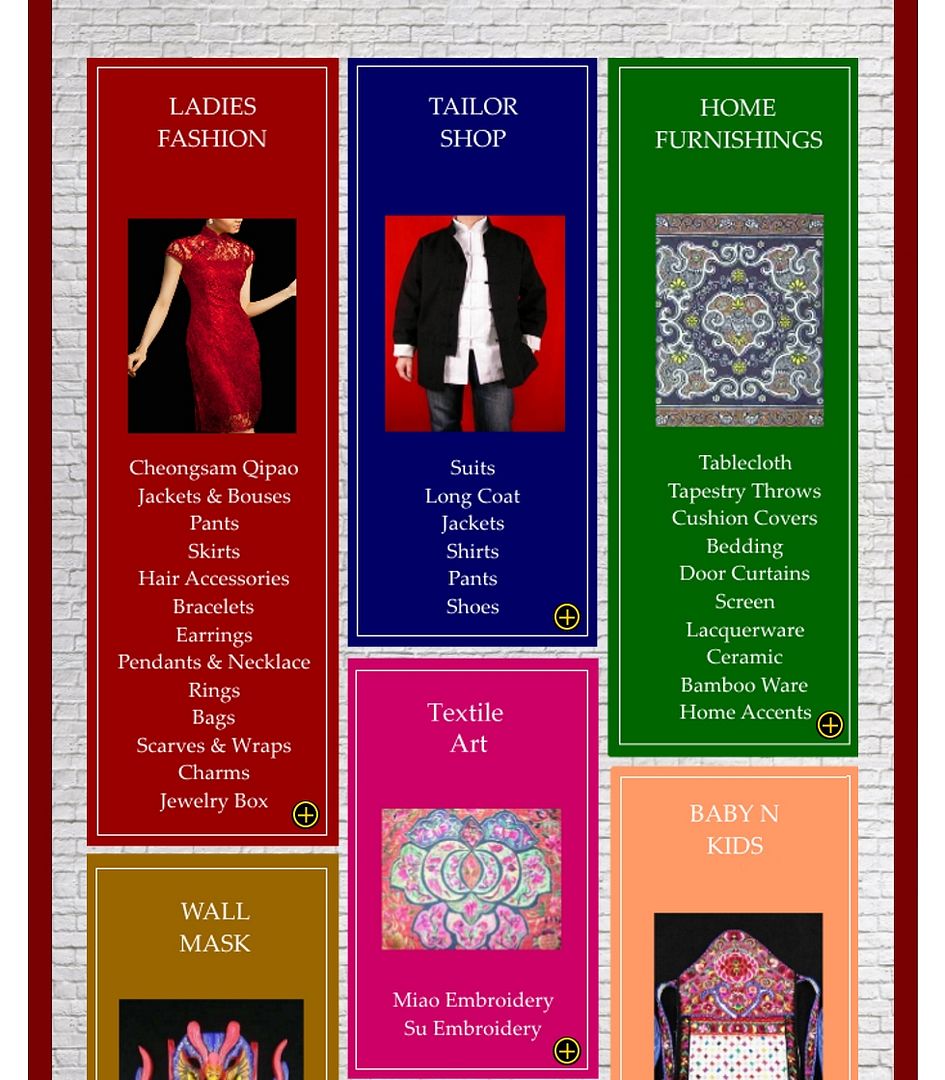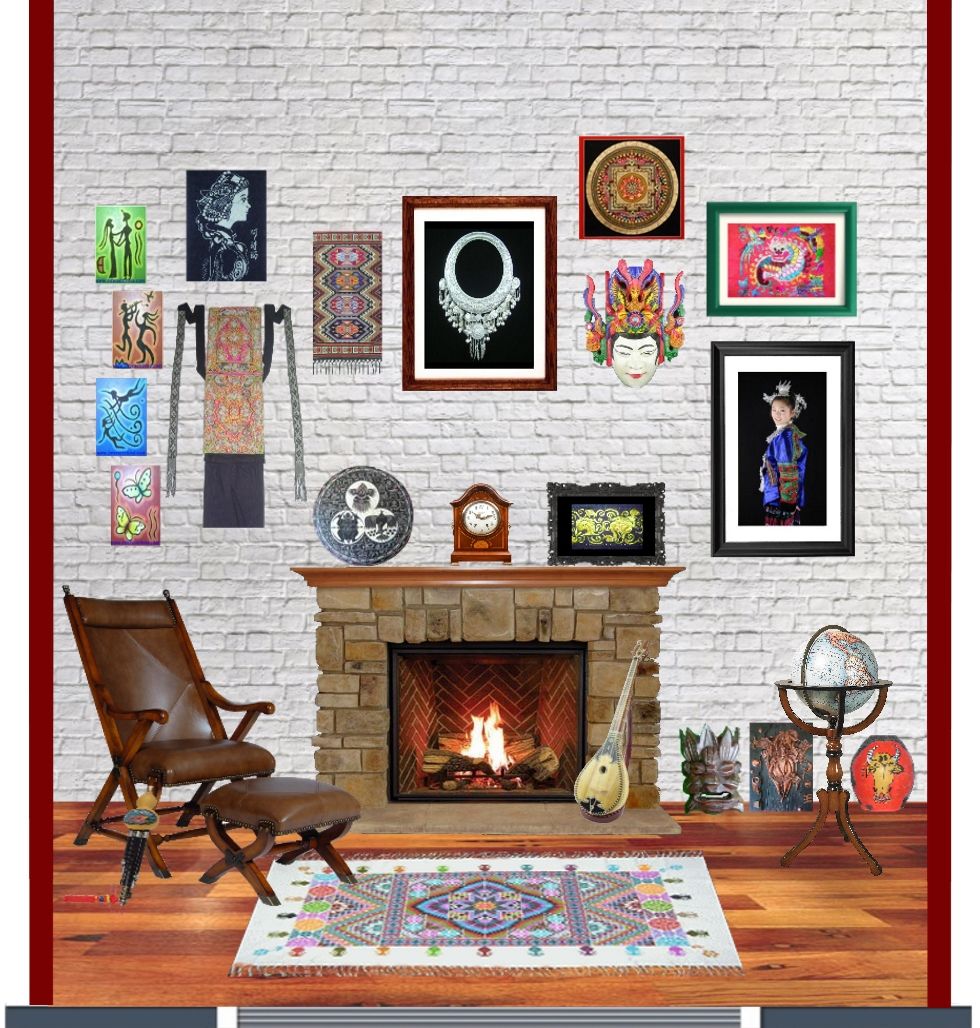Miao Hmong Silver and Tibet Silver vs. Sterling Silver and Pure Silver
5th Jun 2017
Miao Hmong silver

Miao silver is not pure silver, but an alloy of silver, copper and nickel. It’s a traditional material for making jewelry by craftsmen of Miao Hmong ethnic tribe. The percentage of silver is about 60%. Miao Hmong silver jewelry is distinctive for its design, style and craftsmanship. Miao Hmong silver jewelry is completely handmade, carved with decorative patterns. It’s not easy to make and there is no pair exactly the same. Miao Hmong people think silver accessories have spirits. Wear it more, clean it more, it will reward you with more beautiful luster.
Miao silver gets oxidized,especially during summer when people sweat a lot. Less moisture and no chemicals will keep it shine longer. Polish it the same way as you do with your 925 silver accessories. Or just use cotton to polish it. Keep it in a sealed package when you don’t wear it.
Tibetan silver

The term “Tibetan silver” is applied to a variety of metal alloys used in jewelry, some of which have no silver content at all. Historically, Tibetan silver contained 30 percent of silver, but today this is rarely the case. Modern Tibetan silver is usually cast from a mixture of copper, nickel and a small amount of silver. Some Tibetan silver also contains zinc. Its overall appearance looks like aged silver, but it can be polished to give highlights on complex castings.
Sterling silver

Sterling silver is an alloy of silver containing 92.5% by weight of silver and 7.5% by weight of other metals, usually copper. The sterling silver standard has a minimum millesimal fineness of 925. Fine silver (99.9% pure) is generally too soft to produce functional objects. Therefore, the silver is usually alloyed with copper to give it strength, while at the same time preserving the ductility and beauty of the precious metal. Other metals can replace the copper, usually with the intent to improve various properties of the basic sterling alloy such as reducing casting porosity, eliminating firescale, and increasing resistance to tarnish. These replacement metals include germanium, zinc and platinum, as well as a variety of other additives, including silicon and boron.
Fine silver

Fine silver has a millesimal fineness of 999. Also called pure silver, or three nines fine, fine silver contains 99.9% silver, with the balance being trace amount of impurities. This grade of silver is used to make bullion bars for international commodities trading and investment in silver. In the modern world, fine silver is understood to be too soft for general use. Comparing with 92.5% sterling silver, 99.9% pure silver is much softer, whiter, brighter, and no signs of impure metals can be seen, but more difficult to craft into silver jewelry.
by Xiao Xiao @ InteractChina.com
About Interact China
“A Social Enterprise in E-commerce Promoting Oriental Aesthetic Worldwide”
Aileen & Norman co-founded Interact China in 2004 with specialization in fine Oriental Aesthetic products handmade by ethnic minorities & Han Chinese. Having direct partnerships with artisans, designers, craft masters and tailors, along with 10 years solid experience in e-commerce via InteractChina.com, we position well to bridge talented artisans in the East with the rest of the world, and bring you direct finely selected products that are of good quality and aesthetic taste.
So far we carry 3000+ goods covering Ladies Fashion, Kungfu Clothing, Home Furnishings, Babies & Kids, Painting Arts, Textile Arts, Carving Arts, Tribal Jewelry Art, Wall Masks and Musical Instruments. Our team speak English, French, German, Spanish and Italian, and serve customers worldwide with passion and hearts.
P.S. We Need People with Similar Passion to Join Our Blogging Team!
If you have passion to write about Oriental Aesthetic in Fashion, Home Decor, Art & Crafts, Culture, Music, Books, and Charity, please contact us at bloggers@interactchina.com, we would love to hear from you!











